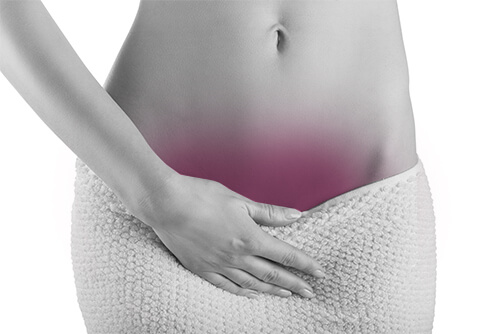Vulvodynia
 Vulvodynia is chronic pain in the vulva – the anatomical area surrounding the vaginal opening – without an identifiable cause. The most common subtypes are generalized vulvodynia and provoked vestibulodynia
Vulvodynia is chronic pain in the vulva – the anatomical area surrounding the vaginal opening – without an identifiable cause. The most common subtypes are generalized vulvodynia and provoked vestibulodynia
(previously known as vulvar vestibulitis syndrome). The most common symptom is burning; however, the pain has also been described as stabbing, raw, stinging and knife‑like.
A NIH-funded population-based research study demonstrated that the condition is widely prevalent, in that one in four women of all ages and ethnicities will be affected at some point in their lives. Several independent NIH-funded population-based studies that include a clinical confirmation component demonstrate a point prevalence of three to seven percent in reproductive-aged women. A recent study of adolescent girls suggests it may be quite prevalent among young women as well. Vulvodynia is not limited to a particular age group; however, a major study of adult women found that the incidence of symptom onset is highest between the ages of 18 and 25.
Using prevalence estimates of three to seven percent, Xie and colleagues demonstrated an economic impact of $31– $72 billion, with 70 percent representing direct health care costs.
Read a recent review on vulvodynia published in Nature Reviews Disease Primers at https://rdcu.be/b3SRn.
Share:
